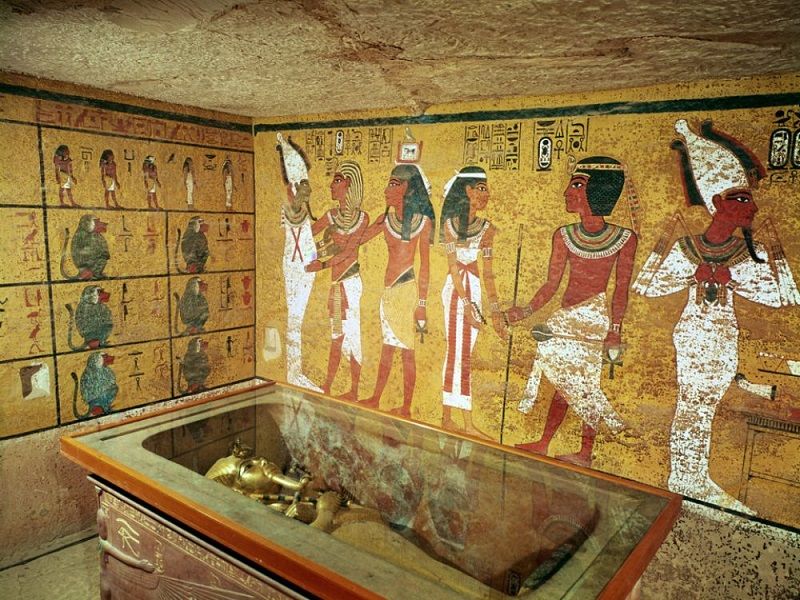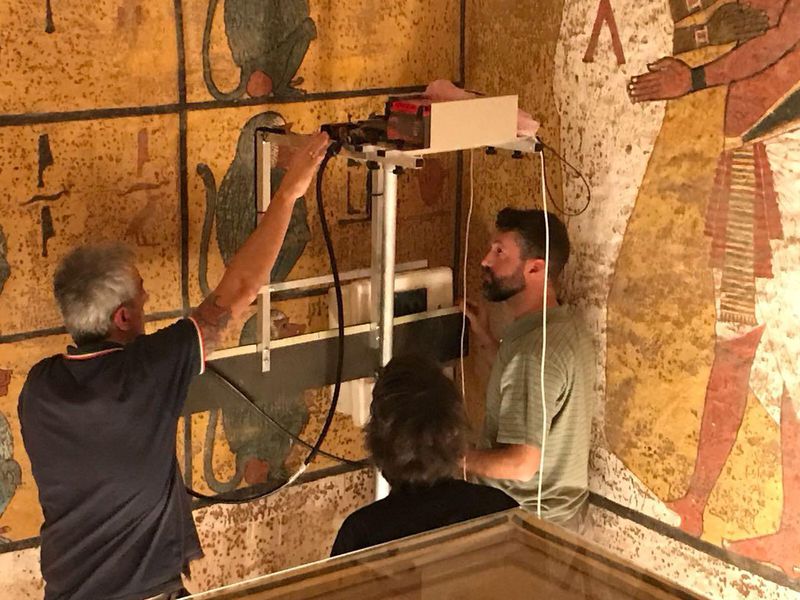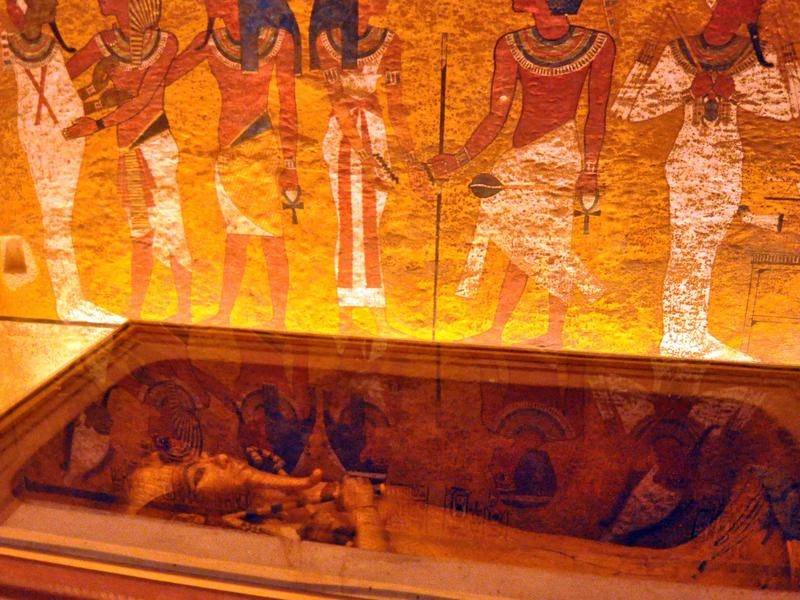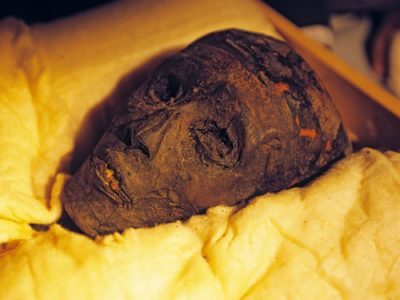The tomb of Tutankhamun took almost 10 years of restoration, but nonetheless it is making its grand re-debut. It was declared open on Jan 31, 2019.
Since its discovery by Howard Carter in 1922, the tomb came into the notice and became one of the most famous tourist attractions in the world. By the 80’s, the tomb received thousands of visitors every day. However, due to this exposure, the 1000 year old tomb started to have an effect.
How was it Damaged?
The tourists brought in so much of dust, humidity and moreover, carbon monoxide from their breath added in destroying the wall paintings. Environmental engineers investigated that presence of microorganisms on the walls resulted in brown spots on wall paintings.
Meanwhile, the Getty Conservation Institute was already researching on its restoration. They partnered with Egypt’s Ministry of Antiquities to restore the tomb for future generations.
“The crux of our project was to figure out how to manage the level of visitation and then also to continue to maintain the tomb in good condition for the future,” Laurie Wong, a wall paintings expert from the Getty Conservation Institute, told Artnet News.
King Tut’s Tomb Restored
Finally, wall paintings were restored, new air filtration and ventilation systems were installed, and new walkways and lights were added.
Many of King Tut treasures houses in Egyptian Museum in Cairo. But still this tomb has the original mummy of King Tutankhamun which is now preserved in an oxygenless case.
How much did they spend?
Moreover, the project was intended to be so expensive that on asking the ministry and the institute they refused to reveal any figures. The tomb was supposed to be completed in 2014, but was delayed several times due to the start of Arab Spring in 2011 and political unrest in 2013.










Leave a Reply
You must be logged in to post a comment.